Recently updated on March 4th, 2025 at 12:03 pm
Traditional Estonian food and drinks are inextricably linked to the history of the Baltic States. Many of these Estonian dishes can be traced back to medieval times, not to mention the influence of Estonia’s Nordic neighbours and the unrelenting rhythm of the Baltic Sea. As a result, Estonian food is hearty, wholesome and packed with seasonal flavours. For first-time visitors, here’s a comprehensive guide to the country’s best food and drink.
1. Medieval feasts
Visitors to the ancient port city of Tallinn should sign up for a fun and unashamedly ‘touristy’ gastronomic experience: A medieval feast. Olde Hansa, a medieval experience restaurant located in the heart of the Old Town, hosts the most popular. Think candles, costumes and generous platters heaving with game sausages, wild boar, roast meats and sauerkraut sides.
They cook their dishes according to 700-year-old recipes and give visitors a glimpse into what might have graced a merchant’s table all those years ago.
GET INSPIRED BY: Best of Finland, Russia and the Baltic States
2. Homemade bread
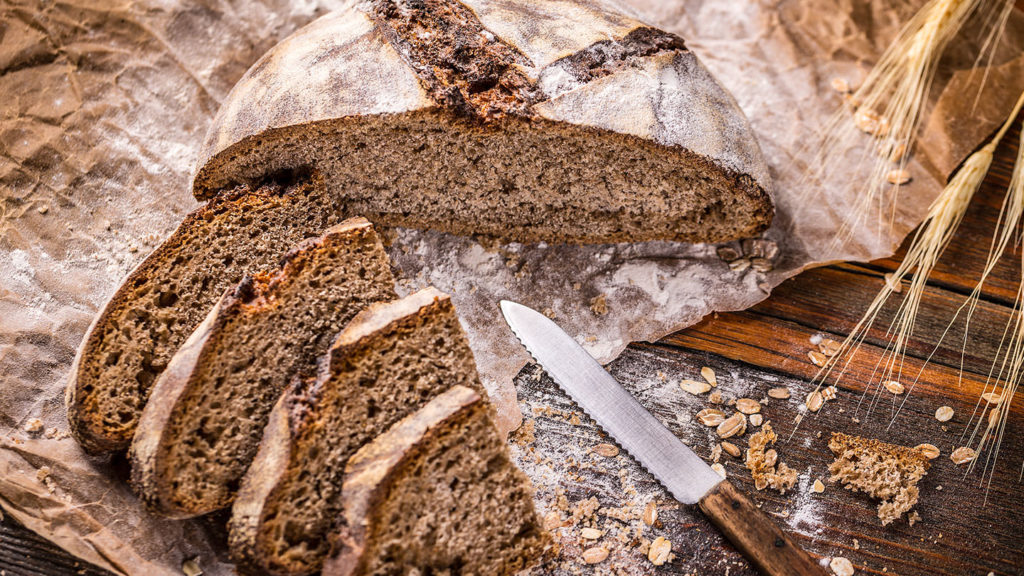

Rye bread, also known as black bread, is an important part of Estonian culture. “Respect the bread, it’s older than you”, is a common Estonian refrain. It refers to the history of Estonia, and the years of hardship and scarcity endured by many native Estonians.
Homemade bread was more than a staple, it was a necessity. Traditional recipes included berries, raisins and seeds and Estonian rye is known to be dense, earthy and packed with flavour. Enjoy it like a local with soup, alongside main courses or topped with smoked sprat (see below) and a dab of salted butter.
3. Verivorst
This brings us to Estonia’s national dish, verivorst. Typically a winter meal, verivorst (which literally means ‘blood sausage’) comprises barley, onions, allspice, marjoram and blood.
Although blood sausage may be an acquired taste, it is utterly delicious when roasted alongside pork and potatoes, with an added dollop of sour cream or sauerkraut, then topped with a compote of seasonal berries. The result? Estonian comfort food of the highest order.
4. Pork and potatoes
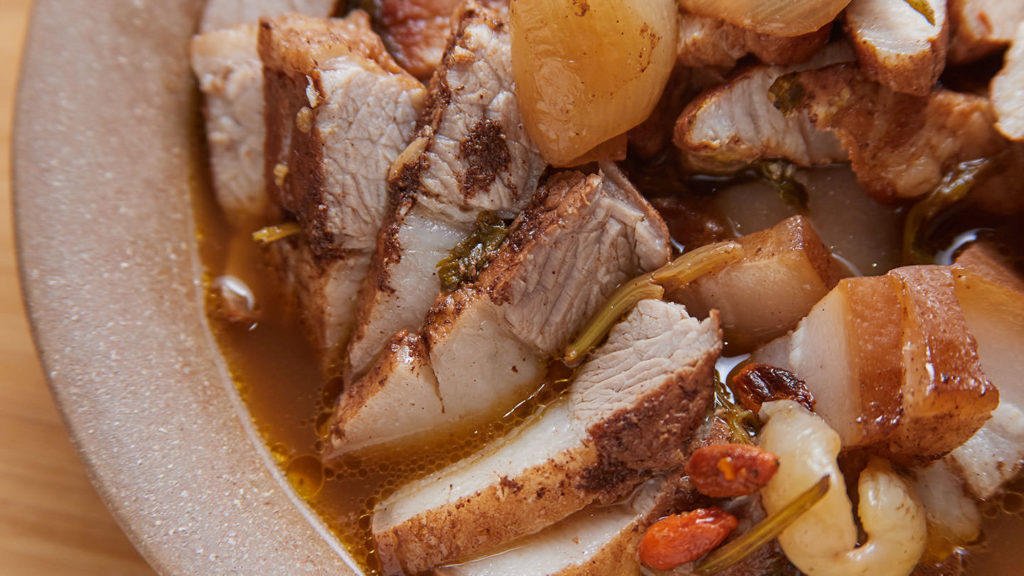

If you love potatoes, you have come to the right place. The Baltics have elevated the humble potato to delicious heights. Visitors can enjoy potato dumplings, potato pancakes and shallow fried potato cakes. Combine these with mulgipuder, Estonian mashed potatoes with pearl barley and sour cream.
In fact, the traditional cuisine of Estonia is largely based on meat and potatoes. This owes much to Estonia’s roots. For centuries native Estonians required simple, hearty and calorie-rich dishes as fuel for long days working the land. Pork is a favourite, but visitors can also look out for game meats and traditional sausages.
5. Aspic
It may be rather old-school, but homemade sült (similar to meat jelly or aspic) is still a popular addition to traditional Christmas tables or wedding buffets.
Sült is made from a mixture of meat (for example, pork or chicken), trotters, hocks and vegetables that have been cooked down for several hours before being cooled, forming a jelly.
Sült boasts the deep, rich flavours that we often associate with pâté or terrine and harks back to simpler times.
RELATED CONTENT: 9 of the best things to do in Tallinn, Estonia
6. Smoked sprats
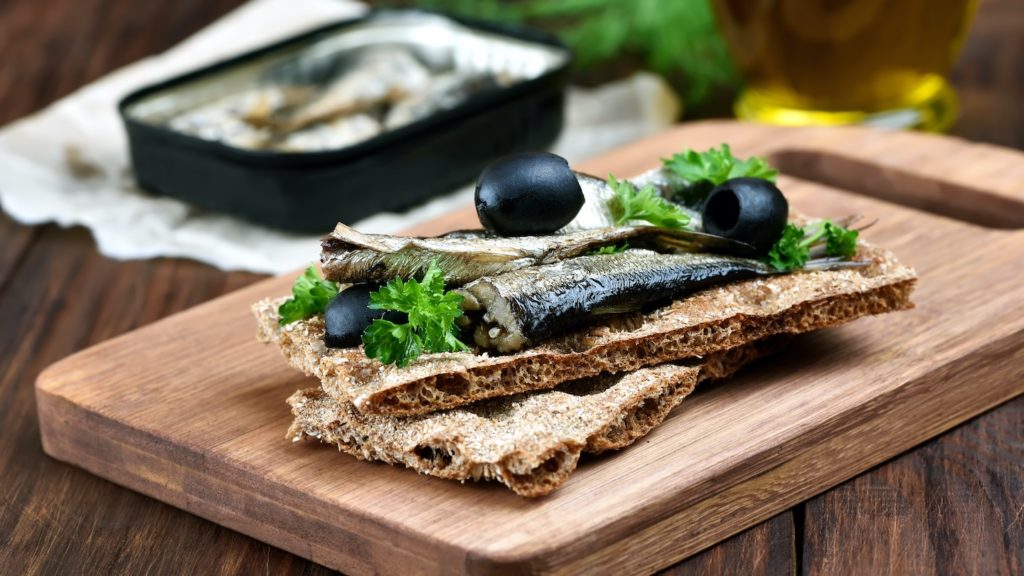

Sprats are an Estonian staple. Similar to sardines (and sometimes compared to herring or anchovies), this small oily fish can be enjoyed smoked, pickled or fried.
For Estonians however, nothing beats Kiluvõileib – an open sprat sandwich. A traditional Kiluvõileib consists of buttered rye bread, topped with a marinated sprat fillet, green onions and fresh herbs, and is accompanied by a poached or hardboiled egg. Different versions of this nutritious sandwich have been around for centuries.
7. Estonian cheese
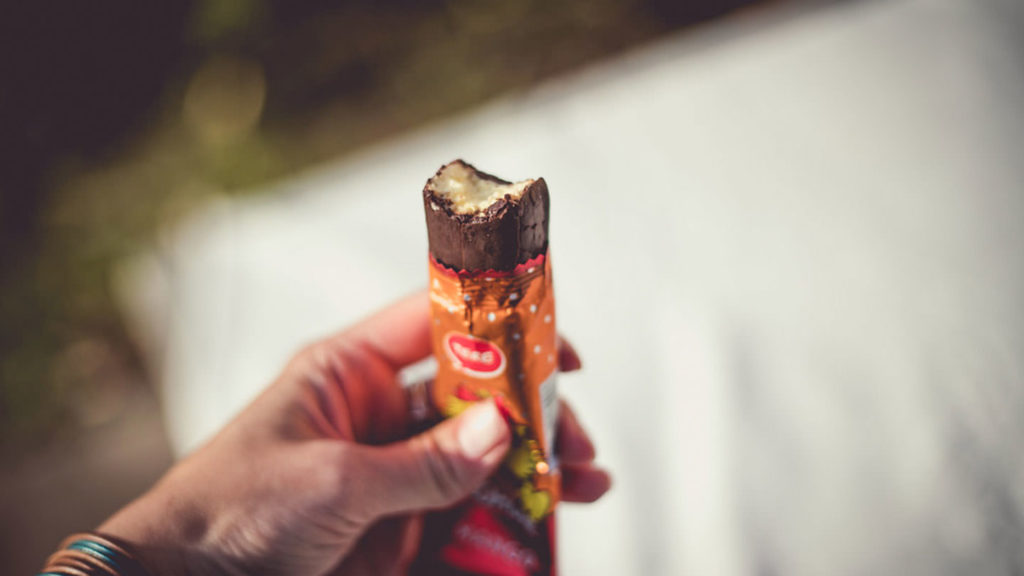

When discussing Estonian food, we can’t ignore the country’s famous cheese curd. Cheese curd is liberally incorporated in many Estonian recipes, both sweet and savoury, including cheese curd fritters, cheesecake and the popular Estonian snack, Kohuke.
Visitors to Estonia can’t leave before sampling Kohuke, a sweet curd cheese bar, which is dipped in chocolate and then dotted with fruit, nuts and more chocolatey bits. Kohuke comes in various flavours but chocolate, vanilla and caramel variations are all readily available from any supermarket.
8. Estonian beer
The Baltics are becoming increasingly well known for their õlu (beer), and Estonia is no exception. Tallinn even has its own dedicated Craft Beer Weekend (May) and the city is chock-full of speciality breweries, pubid (pubs), kõrtsid (inns) and trahter (taverns).
Although artisanal beer is particularly popular in Tallinn’s hip and happening neighbourhoods, brewing in Estonia dates back thousands of years to when barley, wheat and rye were first cultivated in the region. Brewing techniques varied from place to place and local peasants often became masters of their craft.
Beer lovers will love Estonia’s fiercely proud beer heritage, as well as its up-and-coming craft beer scene.
9. Vana Tallinn
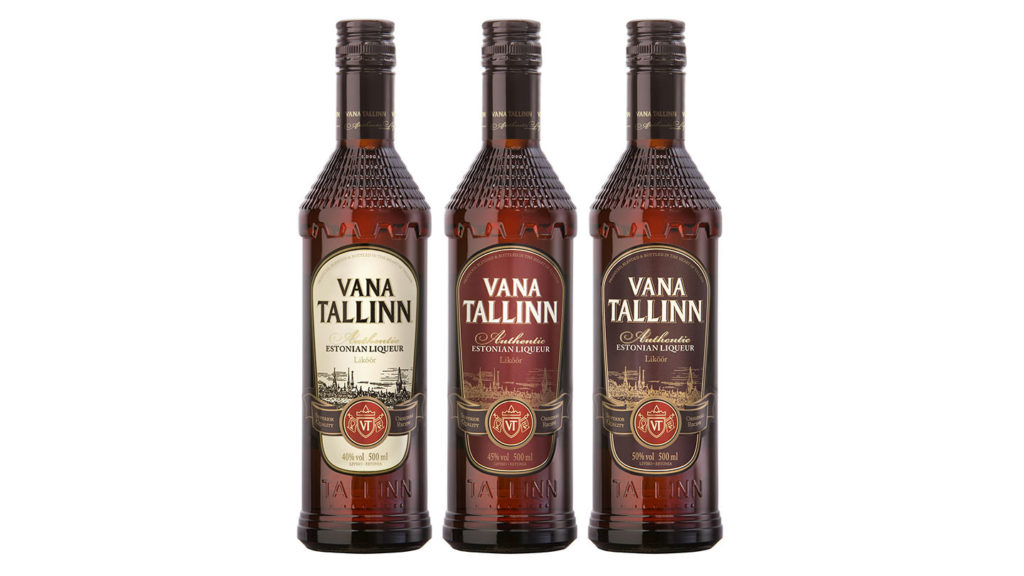

Vying for the title of the most famous of Estonian drinks is Vana Tallinn – a sweet, rum-based liqueur best enjoyed over crushed ice, in coffee or poured over ice cream.
Perhaps not as well-known as Estonian beer, Vana Tallinn will banish even the iciest chill during Estonia’s Baltic winter.
In terms of other Estonian drinks, it’s worth looking out for:
- Kama – thick milkshake-like Estonian drinks made from rye, barley and wheat mixed together with buttermilk or kefir.
- Kali – an alcohol-free, fermented root beer made from rye bread.
- Kiiu Torn – another popular liqueur, similar to Baileys.
- Vodka – Yes, Estonians love vodka just as much as their neighbours! Try Viru Valge, the most popular Vodka brand in Estonia.
10. Semla
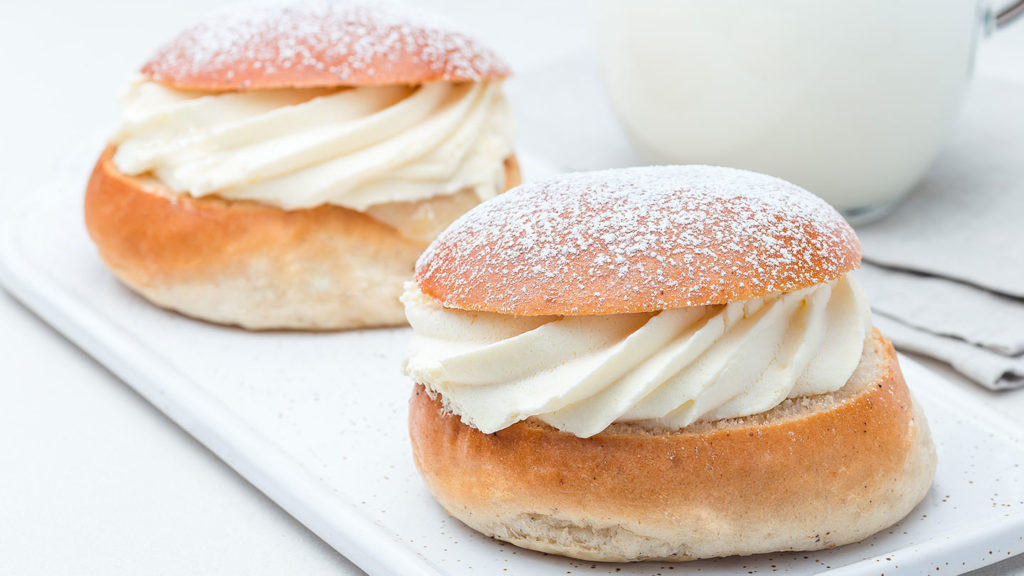

Although we know Estonia for its hearty stews and wholesome ‘peasant’ fare, locals do have a sweet tooth. Chocolate production started in the country in the early 1800s and their world-renowned marzipan (a delicious concoction of almonds and powdered sugar) dates back to medieval times.
For a uniquely Estonian experience, visitors should look out for semla. A cardamom-spiced bread roll filled with almond paste and topped with whipped cream and icing sugar, semla is delectable and traditionally enjoyed between Christmas and Easter.
Different seasons of Estonian food
It seems short-sighted to limit Estonia to the “beer, vodka and pork” belt of Europe. While simple and honest, the seasons guide Estonian cuisine. This translates to fresh produce (think tart berries, herbs and organic veg), local specialities (jams, pickles and preserves) and farm to table dining.
Visitors to Estonia can expect the following throughout the year:
Spring: Spring lamb, wild leek, rhubarb, fresh sorrel and goat’s cheese
Summer: Fresh vegetables, herbs, berries, nuts and foraged mushrooms
Autumn: Elk, boar, deer and even bear
Winter: Warming stews, roasts and soups
Does Estonian food sound like something you’d enjoy on any menu?What are your favourite Estonian drinks, dishes or snacks we may have missed? Let us know in the comments below…